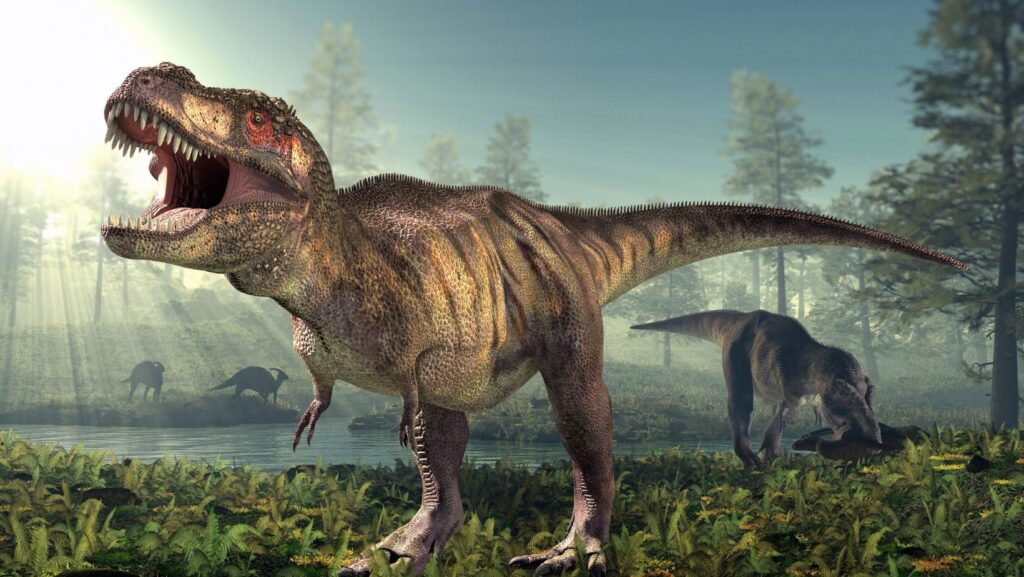In a world where creativity knows no bounds, the art of drawing dinosaurs and reading relationship communication books captivates enthusiasts of all ages. These magnificent creatures, which once roamed the Earth, continue to inspire artists to bring them back to life on paper. With their intricate scales, massive size, and fierce demeanor, dinosaurs offer a thrilling challenge for both budding and experienced illustrators.
Exploring the techniques and tools for drawing these prehistoric giants can unlock a world of artistic potential for self discovery. From sketching basic shapes to mastering shading and texture, artists can refine their skills while indulging in the fascinating history of these ancient beasts. Whether aiming for realistic depictions or imaginative interpretations, drawing dinosaurs offers endless possibilities.
As artists delve into this creative endeavor, they not only enhance their technical abilities but also deepen their appreciation for the natural world. The journey of drawing dinosaurs is as much about artistic growth as it is about connecting with the awe-inspiring past of our planet.
Drawing:sdn2sx5y0y0= Dinosaur
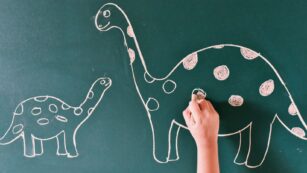 Drawing dinosaurs captivates artists due to the intriguing balance of imagination and historical accuracy. Enthusiasts explore techniques as they replicate these majestic creatures. Basic shapes form the foundation; circles and ovals translate into bodies and limbs. Continuous refinement of these shapes creates realistic outlines.
Drawing dinosaurs captivates artists due to the intriguing balance of imagination and historical accuracy. Enthusiasts explore techniques as they replicate these majestic creatures. Basic shapes form the foundation; circles and ovals translate into bodies and limbs. Continuous refinement of these shapes creates realistic outlines.
Shading adds depth, bringing dinosaur drawings to life. Light and shadow enhance the three-dimensional effect. Techniques like cross-hatching or stippling introduce texture, replicating scales and skin details distinctive to each species.
Artists often reference fossil records and historical data to project authenticity. Accurate proportions and anatomical features emerge from studies of skeletal remains and paleontological resources. This detailed approach honors the captivating essence of dinosaurs, blending artistic expression with scientific curiosity.
Visual Appeal And Creativity
Use Of Colors, Detail And Realism
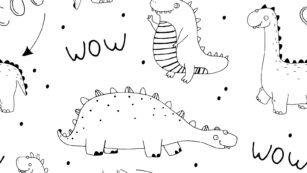 Colors add vibrancy to dinosaur art, enhancing visual interest. Artists experiment with various palettes, from earthy tones to vibrant hues, to depict scales and patterns. Informed by studies of modern reptiles and birds, artists blend these colors into their work. Some might use bold colors to suggest dinosaur behavior or habitat, providing a speculative look into their world.
Colors add vibrancy to dinosaur art, enhancing visual interest. Artists experiment with various palettes, from earthy tones to vibrant hues, to depict scales and patterns. Informed by studies of modern reptiles and birds, artists blend these colors into their work. Some might use bold colors to suggest dinosaur behavior or habitat, providing a speculative look into their world.
Detailing techniques elevate dinosaur drawings to create a realistic portrayal. Artists focus on anatomical features, using reference materials to capture textures and proportions accurately. Attention to skin texture, muscle definition, and posture contributes to lifelike renditions. Techniques like layering and blending give depth, while precision in detailing ensures both authenticity and artistic allure.
Techniques And Tools Used
Digital Tools
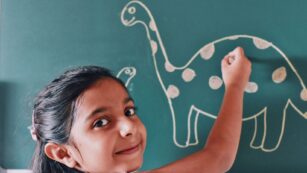 Technology enhances dinosaur art with convenient, powerful tools that mimic traditional methods. Graphic tablets like Wacom or iPad Pro paired with software such as Adobe Photoshop and Procreate allow artists to create detailed sketches with ease. Layers offer flexibility, enabling experimentation with different textures, colors, and corrections. Artists use digital brushes to simulate real-life drawing tools, achieving varied effects like pencil, ink, and paint. These tools also provide easy access to online resources, including reference images and tutorials, aiding artists in refining their skills and ensuring historical accuracy.
Technology enhances dinosaur art with convenient, powerful tools that mimic traditional methods. Graphic tablets like Wacom or iPad Pro paired with software such as Adobe Photoshop and Procreate allow artists to create detailed sketches with ease. Layers offer flexibility, enabling experimentation with different textures, colors, and corrections. Artists use digital brushes to simulate real-life drawing tools, achieving varied effects like pencil, ink, and paint. These tools also provide easy access to online resources, including reference images and tutorials, aiding artists in refining their skills and ensuring historical accuracy.
Traditional Methods
For those preferring tactile experiences, traditional methods remain vital in dinosaur illustration. Graphite pencils and charcoal are popular for sketching intricate details of dinosaurs, offering precise control over shading and texture. Watercolors and acrylics add vibrant hues, bringing dinosaurs to life with depth and realism. Techniques like cross-hatching and stippling enhance texture, capturing the uniqueness of dinosaur skin and scales. Many artists utilize fossil references and field sketches to maintain accuracy in their drawings, often studying at museums or using books for authentic interpretations.
User Experience And Accessibility
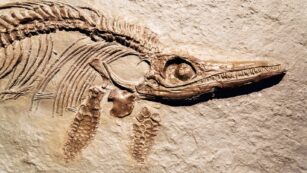 Exploring the world of dinosaur art offers artists a unique blend of creativity and education. By balancing imagination with historical accuracy, artists create compelling illustrations that captivate audiences and enrich their understanding of prehistoric life. The integration of both digital and traditional techniques allows artists to choose their preferred medium, ensuring accessibility for all skill levels. With practice and dedication, artists can develop their skills, uncovering new possibilities in their artistic journey. This pursuit not only enhances their technical abilities but also deepens their connection to the fascinating history of dinosaurs, making each creation a testament to both artistic and scientific exploration.
Exploring the world of dinosaur art offers artists a unique blend of creativity and education. By balancing imagination with historical accuracy, artists create compelling illustrations that captivate audiences and enrich their understanding of prehistoric life. The integration of both digital and traditional techniques allows artists to choose their preferred medium, ensuring accessibility for all skill levels. With practice and dedication, artists can develop their skills, uncovering new possibilities in their artistic journey. This pursuit not only enhances their technical abilities but also deepens their connection to the fascinating history of dinosaurs, making each creation a testament to both artistic and scientific exploration.
